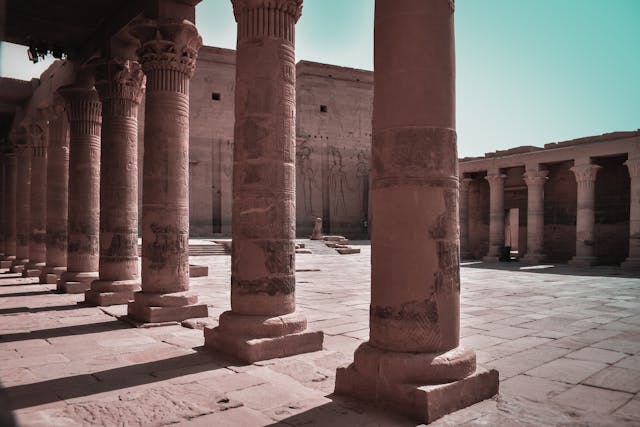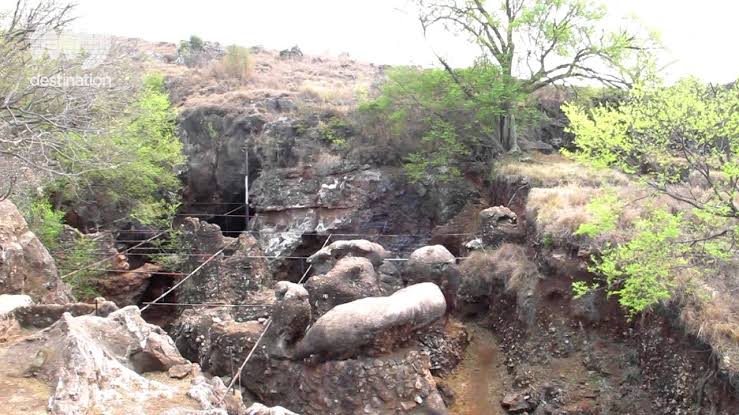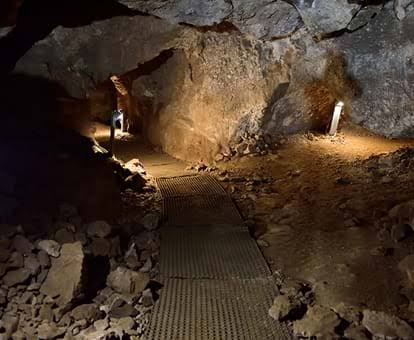


Swartkrans: A Crucial Piece in the Puzzle of Human Evolution
History African@africanhistory
5 months ago
Located in the Cradle of Humankind, Swartkrans is one of the most significant fossil sites in the world, offering invaluable insights into early human ancestors, tool-making, and the control of fire. Dating back 1.8 to 1 million years, it has produced remains of both Paranthropus robustus and early Homo species, making it a key site in understanding human evolution.
Major Discoveries at Swartkrans
🔥 Earliest Evidence of Fire Use
Charred bones found at Swartkrans suggest that early hominins used fire over 1 million years ago, making this one of the earliest known examples of fire control in human history.
This discovery indicates that early humans may have used fire for cooking, protection from predators, and warmth.
🦴 Paranthropus robustus & Early Homo Species
Swartkrans is famous for fossils of Paranthropus robustus, a species known for its strong jaws and large teeth, adapted for a diet of tough plant materials.
Fossils of early Homo species have also been found, showing that different hominin species coexisted in the same environment.
🛠️ Stone and Bone Tools
The site has yielded early stone tools, as well as bone tools, which may have been used for digging termites—one of the earliest examples of tool use in prehistory.
🦁 A Prehistoric Predator’s Lair
Fossils of large carnivores, such as leopards, saber-toothed cats, and hyenas, suggest that these predators may have dragged hominin remains into caves, similar to what we see with modern leopards.
Tourist Tips
✔ Guided Tours Available: Swartkrans is not as widely open to the public as Sterkfontein, but special guided tours are sometimes arranged for researchers and visitors.
✔ Visit Nearby Fossil Sites: The Sterkfontein Caves and Maropeng Visitor Centre provide in-depth exhibitions on human evolution.
✔ Explore the Cradle of Humankind: The UNESCO-listed site features interactive museums, fossil displays, and guided cave tours.
✔ Best Time to Visit: The dry months (April–September) are ideal for exploring outdoor heritage sites.
✔ Respect the Site: As an active paleoanthropological site, Swartkrans remains a protected area where new discoveries continue to be made.
Swartkrans provides a remarkable glimpse into the lives of early hominins, shedding light on how our ancestors used tools, controlled fire, and adapted to a world full of challenges.
#Swartkrans #CradleOfHumankind #HumanEvolution #ParanthropusRobustus #HomoErectus #EarlyHumans #FossilDiscovery #FireUse #PrehistoricLife #VisitGauteng
Photo Credit: Research Gate
